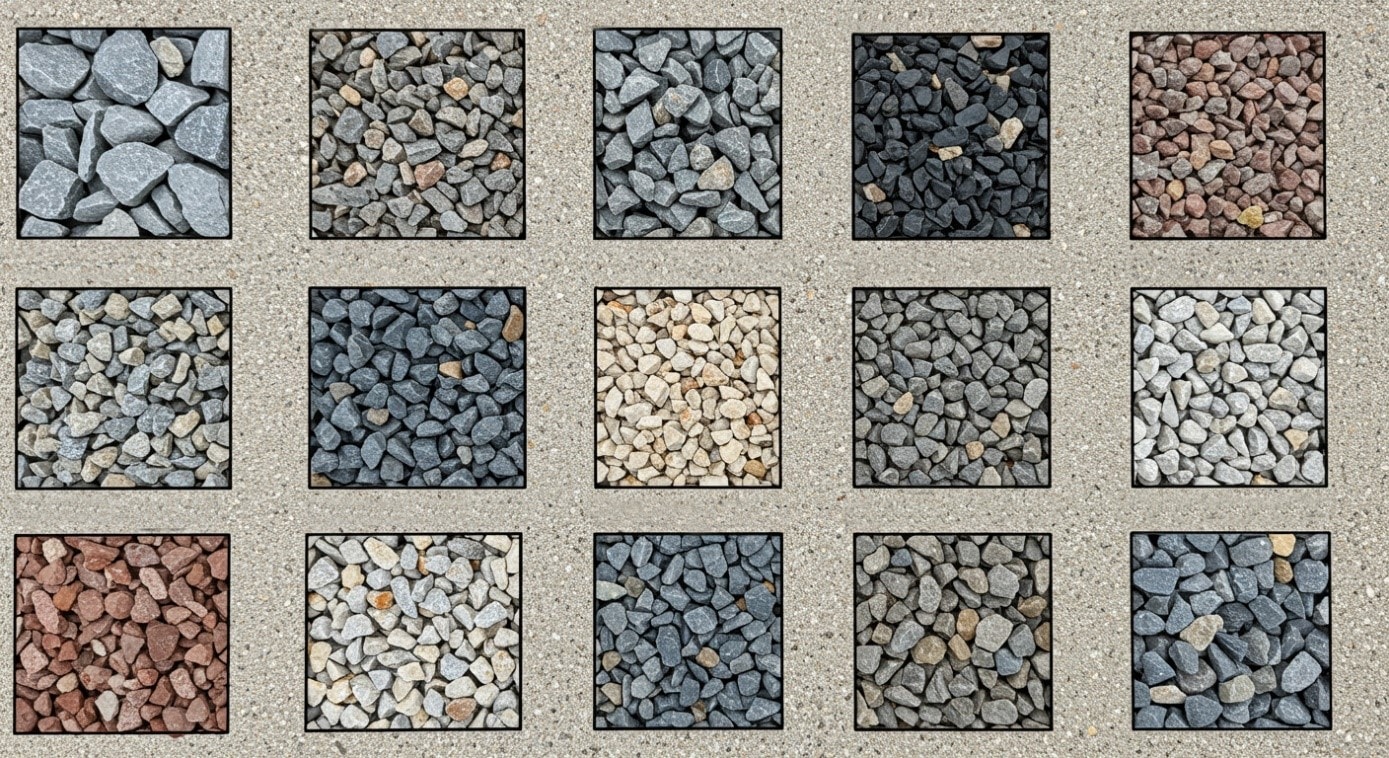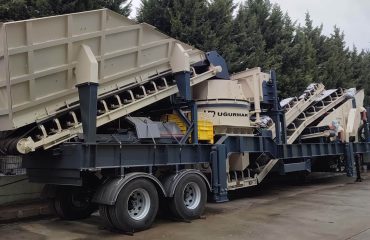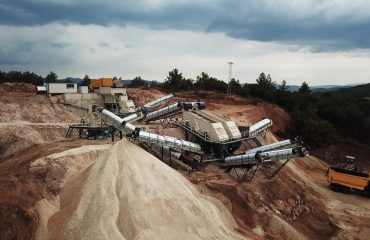
Aggregates are divided into two main groups: natural and artificial:
– Natural Aggregates: These are materials formed by natural processes in nature and have not undergone any processing other than mechanical treatment. Materials such as gravel, sand, and those collected from riverbeds or seas fall into this category. Porous natural stones like volcanic tuff, pumice, and sponge stone are also included in this group.
– Artificial Aggregates: These are aggregates produced through industrial processes and are generally used as lightweight construction materials. Materials such as blast furnace slag, fly ash, and clay are made porous through heating, sintering, or foaming processes.
Classification of Aggregates
Aggregates can be classified according to different criteria:
– Based on Unit and Specific Weight: Lightweight, normal, and heavy aggregates.
– Based on Particle Shape: Round, flat, angular, and elongated particles.
– Based on Mineralogical Structure: Silica-based, carbonate-based, and mica-based minerals.
– Based on Surface Texture: Smooth, granular, rough, crystalline, and honeycombed.
– Based on Particle Size: Coarse aggregate and fine aggregate.
– Based on Geological Origin: Volcanic, sedimentary, and metamorphic.
– Based on Reactive Properties: Reactive and non-reactive aggregates.

Distribution of Aggregates by Usage Areas
The classification of aggregates is of great importance for selecting the appropriate material for specific applications. For example, coarse aggregates used as filling material in dam construction may have different granulometry properties when used in railway ballasts. Proper classification ensures high efficiency and longevity in projects.
The distinct properties and classification of natural and artificial aggregates enable the correct material selection in various fields, from construction to mining. Turkey’s rich aggregate resources allow for the effective utilization of these materials both in domestic and international markets. Therefore, increasing studies on aggregate classification and proper usage methods is of great significance. Aggregate types are effecting the selecting of Crushing machines










